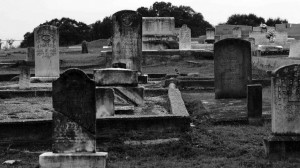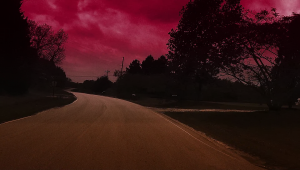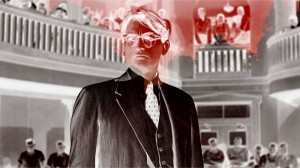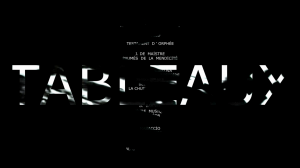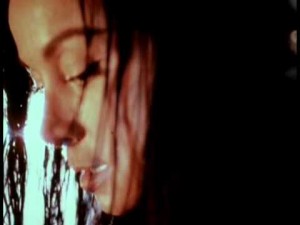Written for Caiman Cuadernos de Cine‘s November 2018 issue. — J.R.
The three best new films I’ve seen so far this year, all of which qualify as experimental, have all been seen by me without the benefit of an audience: Travis Wilkerson’s Did You Wonder Who Fired the Gun? was initially presented as a live performance piece, narrated by Wilkerson, and most people have seen Jean-Luc Godard’s Le livre d’image with English subtitles and a carefully arranged four-track sound system, but I’ve seen both films only on my laptop, without any such extras. And so far I’ve only been able to see the final version of Orson Welles’ The Other Side of the Wind alone in a screening room. In short, I haven’t yet been able to see any of these films as a physical part of any group, which means that any sense of my being part of an audience has to depend exclusively on the resources of the Internet.
Travis Wilkerson’s remarkable essay film about the murder of a black man by his great-grandfather in Dothan, Alabama in 1946 opened in New York half a year ago. I’m grateful to A.O. Scott for his enthusiastic review alerting me to this film’s existence, which made me forgive Scott for what appeared to be his blindness to the subtler forms of racism and class bias practiced by Woody Allen in the reviewer’s latest “troubled” ruminations about that overrated figure. I’m not the only one who views Manhattan as a less blatant version of Trump’s “Make America great [i.e., white] again” — it was the late Allan Sekula who first pointed out to me how the absence of people of color on the streets of New York was part of what made it all seem so dreamy and romantic — and the habit of avoiding racism when it appears in your own backyard is hardly unique to Scott. It’s even part of what makes New Yorkers and Alabamans seem similar to me, after living for many years in both places. (I grew up in Florence, to the northwest of Dothan — the other side of the state, and closer to the part of Tennessee where Kazan’s Wild River is set.)
I honestly can’t think of any other feature that captures my home state more accurately — and more beautifully. (In terms of accuracy, the only other contender is The Phenix City Story.) In fact, the extraordinary beauty of Wilkerson’s photography is the most significant thing that Scott neglected, and I’m thinking of beauty as a central part of the film’s anger, passionate attentiveness, and eloquence. Entanglement is what this film and this state are all about: you can call it kudzu made flesh. This is the condition of the American tragedy depicted, the ties that bind and also suffocate us. You can find it equally in the twisted paragraphs of Faulkner and in the swelter of the surrounding vegetation.

